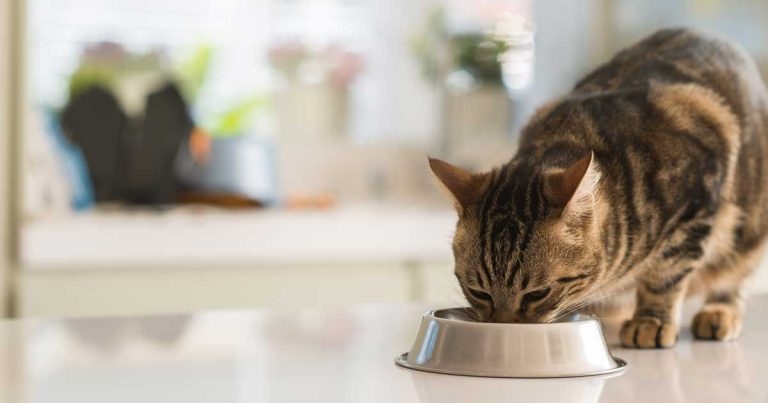13 Jan 2023
More than 350 cats are known to have died in the 2021 outbreak – and RVC researchers hope findings from two papers will make a similar future pancytopenia spate less likely.

Image: © Krakenimages.com / Adobe Stock
Contaminated food is likely to have been the cause of a rare disease outbreak that killed hundreds of cats two years ago, scientists have concluded.
RVC researchers said they hoped their findings, published across two papers in the Journal of Veterinary Medicine, will make a similar future spate of pancytopenia cases less likely.
Meanwhile, pet food industry leaders have sought to reassure owners after the work also called for the adoption of standardised food testing procedures, plus urgent diet assessments in new cases of the disease.
Lead authors Barbara Glanemann and Karen Humm said: “We know first-hand how much devastation and concern this outbreak caused for many cat owners across the country.
“It is our hope that the studies will help people better understand what happened to cause this outbreak and can be used to not only provide some closure to those affected, but also reduce the chances of something similar occurring in the future.”
More than 350 cats are known to have died in the outbreak, which peaked in May and June of 2021, although the analysis found cases had been presented to veterinary practices between February and December of that year.
A total of 580 cases, with a mortality rate of more than 63%, are included in one of the papers that considered the cause of the outbreak.
Of those, 86% were found to have eaten one of three diets that were subsequently withdrawn from sale during the crisis.
The second paper, which carried out a more detailed examination of records and data from 50 of the cases for signs of exposure to mycotoxins – which are produced by fungi and can severely damage feline bone marrow – found that all of them had suffered a “marked toxic insult” and mycotoxin contamination should be considered the cause of the outbreak.
A Food Standards Agency (FSA) investigation at the time of the emergency found there was “no causative link” between the recalled products – which were made at the Fold Hill Foods factory, near Boston – and the disease, despite much higher levels than recommended levels of fungi-produced mycotoxins being found in samples of the foods.
But the researchers argued it was still “reasonable” to identify trichothecene contamination of the recalled food brands as the cause of the outbreak, despite acknowledging that they could not prove it definitively.
They said factors supporting that view included the common manufacturing source of the foods concerned, the high proportion of affected cats that ate them, common clinical signs and the eventual end of the outbreak once the products were withdrawn from sale.
The paper added: “Trichothecene intoxication should be considered as a possible differential diagnosis for a cat presenting with pancytopenia of unknown cause and if an outbreak were to occur in the future, rapid investigation of feed should be undertaken.”
Fold Hill Foods said it had no comment on the RVC findings when approached by Vet Times.
But UK Pet Food, the body formerly known as the Pet Food Manufacturers’ Association, said: “At this stage, no possible cause has been confirmed nor ruled out, including non-food related causes.
“Following the cases reported in 2021 and the conclusion of the early investigations, there has been no further abnormal case reporting of feline pancytopenia in the UK cat population.
“We understand the FSA, the APHA and Defra continue their work to identify any possible causes.”
The researchers also raised concerns about current arrangements for assessing the safety of pet food products and called for the establishment of no-observed-adverse-effect levels for T-2 and HT-2 mycotoxins through increased feed monitoring.
They argued that the study had “highlighted the need for introducing standardised testing of cat foods for mycotoxin contamination across the pet food industry”.
But UK Pet Food said it had “actively communicated” with its members about the importance of mycotoxin testing following the outbreak.
A spokesperson said: “The cases of feline pancytopenia reported in 2021 were extremely distressing, but we would like to reassure pet owners and veterinarians that there is rigorous legislation in place to ensure pet foods are safe.
“Consequently, pet food safety related incidences are extremely uncommon in the UK.”